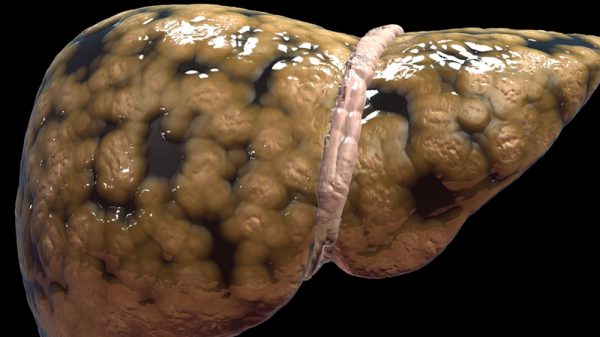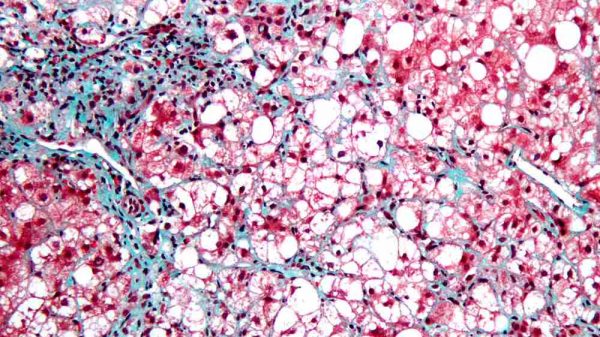Case studies are a form of research. This method involves an in-depth, detailed, and up-close investigation. Experts examine a person’s case or series of cases and their related contextual positions. A cirrhosis case study is very helpful. It gives a better understanding of some of the complex issues that surround this disease. We must admit that cirrhosis is quite complex. It causes complications that cut across all the body systems. But then, a case study would extend your experience beyond the cases you have dealt with as a doctor or what you are experiencing as a patient. It also boosts the knowledge you may have gained previously from research.
The contextual analysis of a case study on cirrhosis would usually revolve around certain complications or events and the links between them. It also gives a step by step insight into management plan and medical care. A case study will show you real-life situations, give you a background of how they occurred, and provide you with a foundation of ideas, how decisions were made, how they were applied, and their outcomes. Researchers use case studies a lot and it cuts across different disciplines. Aside from cirrhosis, case studies can be helpful for any other health condition. More so, even humanities and social sciences use case studies. While some people still disagree with using case studies as a method of research, it has stood the test of time and contributed great value to medical care and disease management.
Cirrhosis Case Study Importance
1. They are usually comprehensive
Case studies give holistic reviews, so they are usually very comprehensive. This method gives the expert the freedom to use certain research tools that may not be applicable while using other research methods. As such, you can expect an in-depth view into cirrhosis (or some of its complications).
Because of its holistic review, a case study will establish credible platforms to look into the several factors that may affect the outlook of cirrhosis in wide detail. However, there are two main types of case studies that you should know about.
If your interest is in a single phenomenon, you only need to look for a single-case study. It will give you an in-depth look into that single phenomenon.
But then, there are also multiple-case research studies. These give an in-depth look into cirrhosis (or any of its complications) as one unit. They compare the differences and similarities of the various cases examined.
We must admit that the results you get from a multiple-case study would typically be more reliable and stronger than that of single-case research studies. This is because they are usually more comprehensive.
Reduces bias
Case studies make room for diverse perspectives. This is not an interview or survey response. It is a real-life situation that is being monitored. So there is no room for bias. This, in turn, eliminates the risk of someone running an individual agenda.
Help improve cirrhosis patient-care
While you can find and read cirrhosis case studies if you like, the target audiences for these studies are usually doctors and healthcare professionals. The aim of case studies is very clear. They seek to help physicians and other health workers (and their trainees) to enhance patient care.
A case study will not just talk about a problem and how to solve it. It is like story-telling. It shows you the background story, cause, and diagnosis of cirrhosis in the research subject(s). After these, it now addresses the management. This includes everything that the professionals did from start to finish.
Case studies will show the doctor’s decision-making process. You will see why the doctor chose a particular management plan, procedure, or medication over another. From this, other physicians may learn and apply the same thinking pattern when confronted with a similar case.
A Few Setbacks of Cirrhosis Case Studies
The issue of broad relevance
One major setback of cirrhosis case studies is that some of the findings may not have general applications. Remember that medical care is usually personalized to meet the needs of each individual. This may differ from person to person.
But then, some case studies are a part of broader research. Such studies will better explore general issues in cirrhosis patients.
The issue of permissions
This is another issue that poses a challenge to cirrhosis case studies. When you are doing a case study, you will need full access to the files and medical records of patients. But then, these are supposed to be confidential documents.
One thing that hospitals guard jealously is the medical records of patients. Before you can access those documents, you must obtain permission. This can be a bottleneck for case studies as it takes time and may not be given in certain instances. This is especially so in situations where you may not be able to keep the patient anonymous.
They are time-consuming
Cirrhosis case studies will consume time. You will have to go through piles of medical records. Sometimes, you may even have to wait for more data and updates about the patient’s condition. You may also have to coordinate focus. All of these are time-consuming.
You may veer off your research focus if you are not careful
You must carefully formulate your research question(s) if you will stay on course with the purpose of a case study. This will require you to review existing literature, as well as have a prior understanding of the setting and theoretical issues.
It is also important for all the cases to have pre-defined boundaries that clarify the nature of the study and the time it should cover. You must also determine the relevant hospital, geographical area, or target group of interest.
Conclusion
With a cirrhosis case study, experts can give us an unbiased and more concrete understanding of cirrhosis and its complications. They will also give us insights into the management plan and medical care for cirrhosis patients. They are indeed very important as a research method. And regardless of their setbacks, they have contributed immensely to medical and healthcare for cirrhosis.























